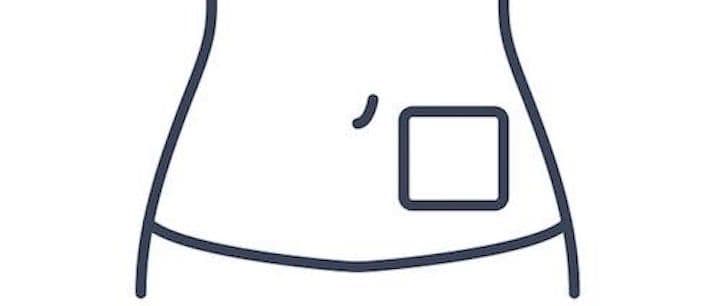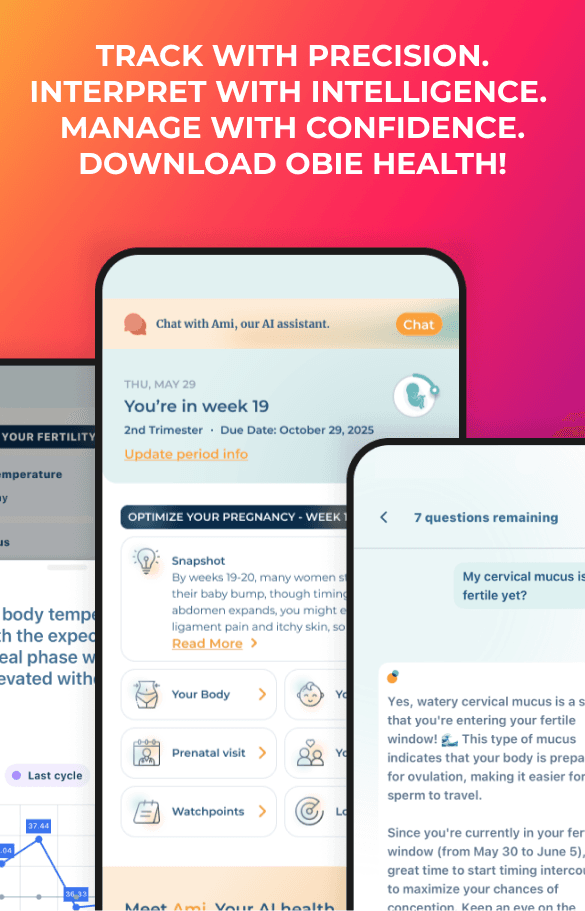Birth Control Patch
Contraception
Obie Editorial Team

A birth control patch is a small skin patch with the same hormones that are in many birth control pills. Women can wear this patch on most parts of their skin including on the buttocks, abdomen, upper torso (except for the breasts), or the outer part of the upper arm. After it has been placed on the skin, the birth control patch is worn for one week and then a new one is placed on the same day of the week for three consecutive weeks. Three patches are used, each for one week, and the fourth week is a "patch-free week". It is during the patch-free week that many women have some bleeding similar to a menstrual period.
How does the birth control patch work to prevent pregnancy?
The patch prevents pregnancy by delivering a continuous amount of two hormones, estrogen and progestin, through the skin and into the bloodstream. These hormones are similar to those used in the birth control pill. When used correctly, the birth control patch is 99% effective at preventing pregnancy.
There are a few possible side effects of the birth control patch which include:
- Breast tenderness
- Headache
- Rash or redness at the site of the patch
- Nausea
- Menstrual cramps
If any of the following applies to you, the birth control patch is not a good option:
- You have a history of blood clots, heart attack, or stroke.
- You are over 35, and smoke cigarettes.
- You have certain cancers, such as breast cancer.
- You are pregnant or think you might be pregnant.
Similar to the pill, the birth control patch does not protect against sexually transmitted diseases (STDs), including HIV (the virus that causes AIDS). The male condom provides the best protection from most STDs.
Learn more about other birth control methods in our Birth Control Guide!
Read More












